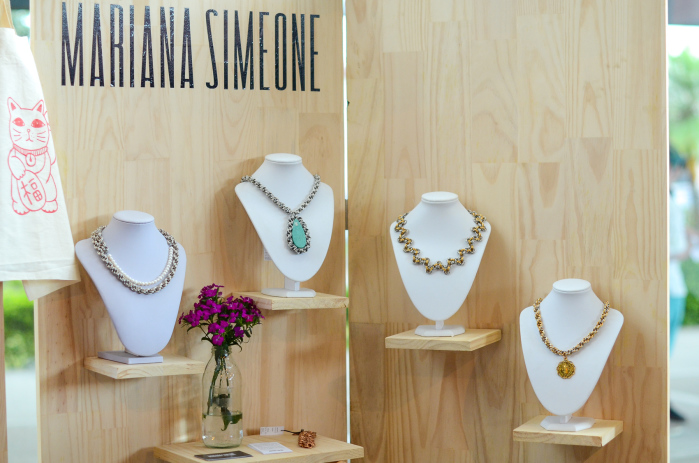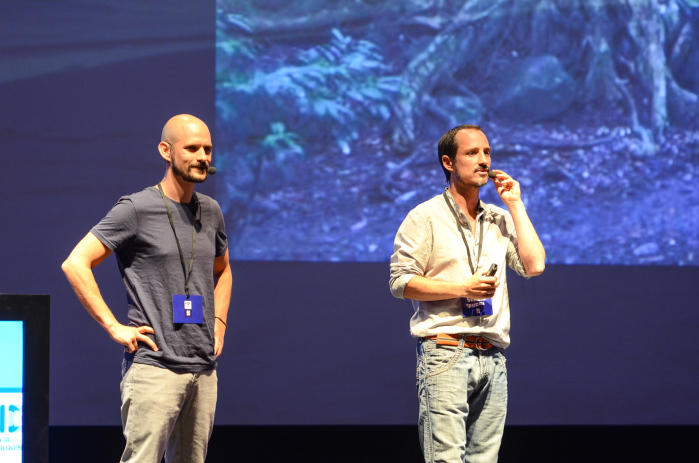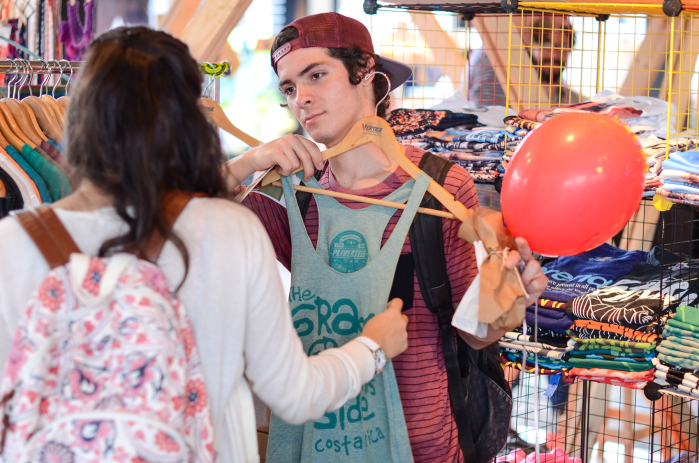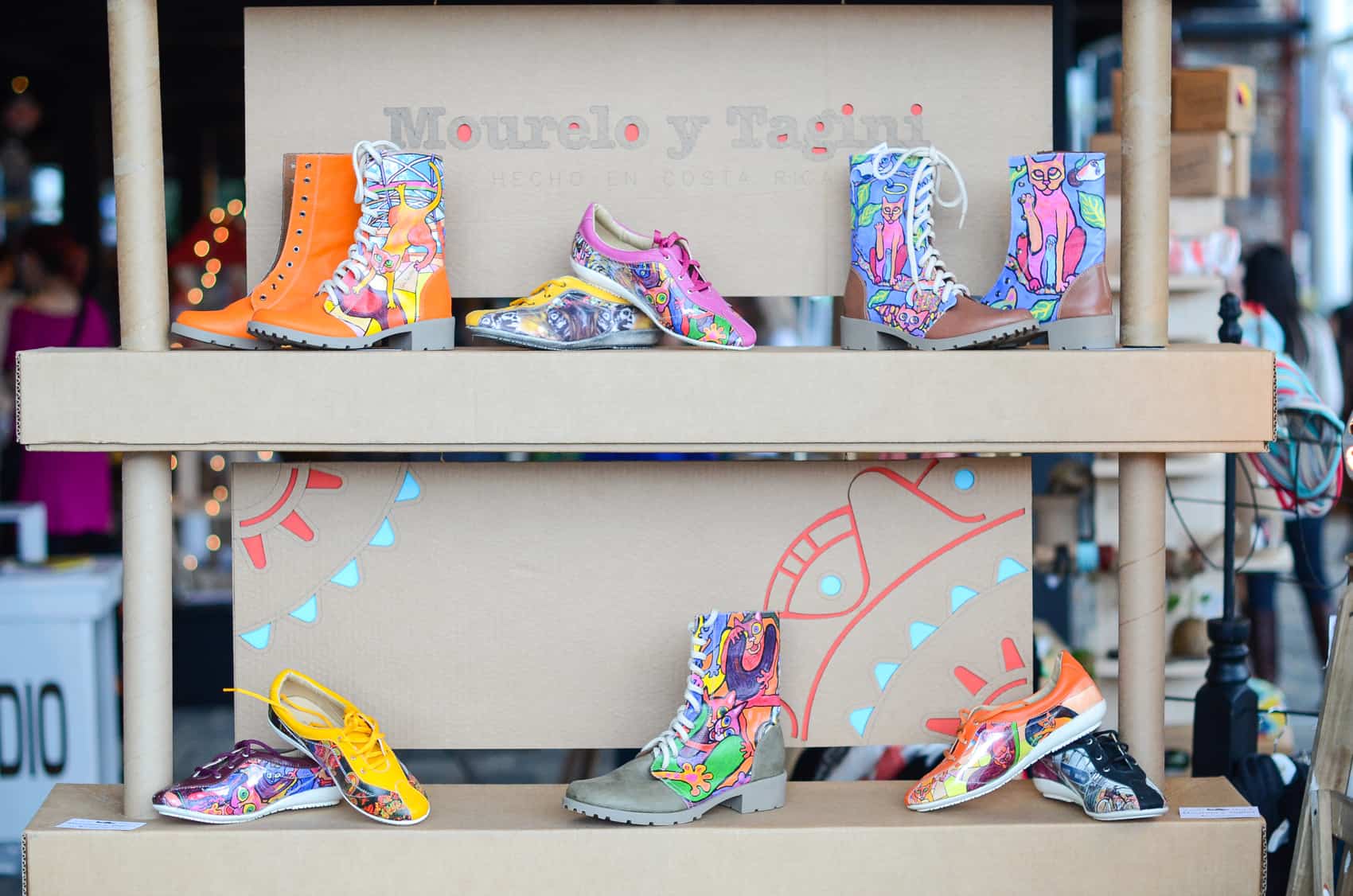A blast of creativity, innovation, and inspiration filled San José last week, turning the city into an international design capital for a few days. The fifth edition of the International Design Festival (FID), held at the Antigua Aduana, welcomed 15 of the most prestigious designers and hundreds of people from all around the world who came to take part.
Festival organizers Alfredo Enciso, Cynthia Bonilla, Paco Cervilla, Monserrat Ramírez and Mario Sánchez first dreamed of the festival in 2009, but the project seemed so impossible to pull off that they called off their plans. Later, however, they read an article in which the Canadian designer Hélén Godin – one of the speakers in this past weekend’s festival – was asked what it takes to build a creative city. She answered that sharing and celebrating design with the community was the most important step. Inspired by her words, the organizers started planning in earnest in 2010, carrying out the first edition of the FID in 2011.
According to Enciso, they were originally motivated by “the desire and impotence of not being able to go to another design festival because of the expensive cost of these. We decided to create the FID so we could listen to the different designers for free – and at this time we haven’t [have had time to listen] to any of the 60 speakers we have invited,” Alfredo told The Tico Times with an ironic smile during this year’s festival.
Be that as it may, they have certainly made headway toward their ambitious goal of putting Costa Rica onto the international design map. Throughout the Americas, there are only two other design festivals of this size: the C2-MTL in Montréal and Gravity Free in San Francisco. What makes the FID different from these two other festivals is its accessibility: The price is notably cheaper than the others, which is why the FID, whose principal allies are the Museum of Art and Contemporary Design and the Culture Ministry, draws hundreds of tourists to Costa Rica for every edition.
“It’s hard to manage the financing of the festival, but we must limit the ticket price. We want to keep it cheap and approachable so everybody who wants to come will be able to attend,” Enciso said.
San José was chosen as the heart of the festival in order to help build the city’s reputation as a cultural city, leading to connections with the Art City Tour, the Paseo Gastronómico La Luz, and many different museums and galleries to expand access to the festival’s offerings to an even broader audience. The FID and the related events it inspires have become a place to make connections, friends and soak up culture. The FID also provides opportunities for Costa Rican designers to showcase and sell their products: at the first FID in 2011, there were only 12 “Espacios FID” (“FID Spaces”) for this purpose, but this year organizers received 90 proposals and chose 70 to be part of the bustling exhibition at the Antigua Aduana’s “Casa del Cuño” building.
Here are a few highlights from this year’s festival:
- On the first day, assigned the theme of Creativity, renowned Spanish illustrator and strip cartoonist Joan Cornellà kicked off the proceedings by explaining what goes into his work, characterized by depicting dark humor and absurdity with a bright palette: “In order to be involved with humor you have to play with things that are considered politically incorrect. Being called psycho is my mantra.”
- Brooklyn-based designers Anton Repponen and Irene Pereyra from design studio Anton & Irene showed the passion, devotion and discipline that go into their projects. Pereyra said that at the beginning, she think of her projects as her children, but in the end she thinks of them as ex-husbands; she does not want to see them ever again.
- Costa Rican photographers Sergio and Giancarlo Pucci discussed the personal journeys behind their most recent project, Costa Rica Aérea, a book of aerial photographs of the country. Sergio said he confronted one of his biggest fears – flying – while Giancarlo explained that he gave up a stable life to accomplish a dream with his brother. Fear is nothing if you truly believe in your dreams and in what you are doing, the brothers told their audience.
- Another Costa Rican artist, Gerardo Picado, commonly known as Mr. Masking, spoke about his work on the streets of San José creating typography with masking tape. Picado, whose typography was used all the titles in the FID program, proved to be a humble man, yet very inspiring and passionate about his work.
- Day two, Innovation, got off to an unusual start when Peruvian butcher Renzo Garibaldi talked about his restaurant, OSSO. While not a designer like the rest of the Festival’s speakers, Garibaldi inspired the crowd by telling them how he started off with no knowledge of butchery, opened a family butcher shop and eventually created a renowned restaurant in a sector of Peru where such an achievement is rare. He inspired his listeners to take on challenges and get out of their comfort zone.
- Jeff Semenchuk, a corporate innovator from the United States, discussed the design of experience, using as an example his recent project, the Andaz Hotel in Costa Rica’s Papagayo Peninsula.
- Edson Matsuo, Brazilian product designer, began his speech by saying, “I consider myself a CMO; chief mistake officer.” Matsuo went on to explain that making mistakes is the best path to innovation. His shoe line, Melissa, is a very innovative product line: no shoe has a pair and you can create as many combinations as you like.
- French industrial designer Matali Crasset enlightened the audience with her practical, yet very functional designs, which seek to help people spend quality time together. “I don’t care about products. I care about people,” Crasset told the audience.
- Costa Rican sound designer and musician Andrés Cervilla gave a marvelous performance playing a shell before explaining the process of coming up with the music used for the FID.
- Digital animator Bradley Munkowitz, commonly known as Gmunk, discussed his renowned projects, including creating the holograms for movies such as Tron and Oblivion, and the modification of Adobe’s logo. He mentioned he loves to work with the refraction and reflection of lights and infrared lights.
- Day three – Inspiration – arrived with Peruvian artist Christian Bendayán explaining how the Amazonian context in which he was born deeply influences his work. He sees to create some of the most realistic paintings in existence to depict the society in which he lives.
- Canadian designer, Hélène Godin – the same designer whose words helped inspire the FID back in 2010 – asked one of the most important questions: “Is it time for design to take over?” She argued that while people tend to think of design as art alone, as an aesthetic element, it is actually a tool that everyone needs.
- Spanish fashion designer Agatha Ruiz de la Prada told her audience that she despises the color black because it reminds her of death. Therefore, she only wears vibrant, happy colors.
With a closing presentation by U.S. digital designer Joshua Davis, the FID came to an end on Saturday night after three days full of cultural activities that incentivized the appreciation of design as a tool for our everyday life.









